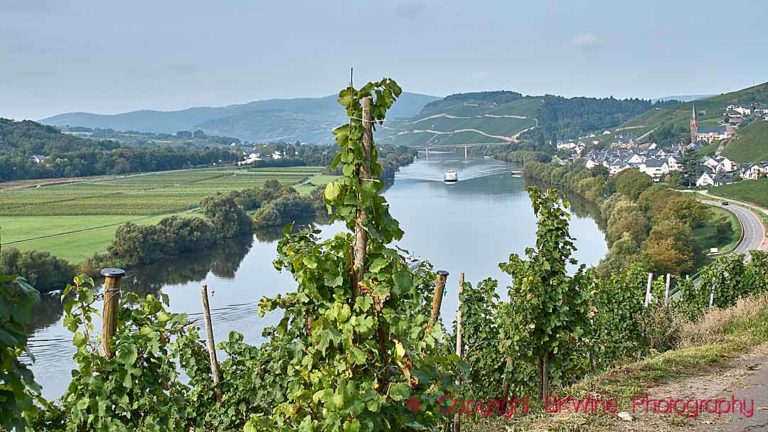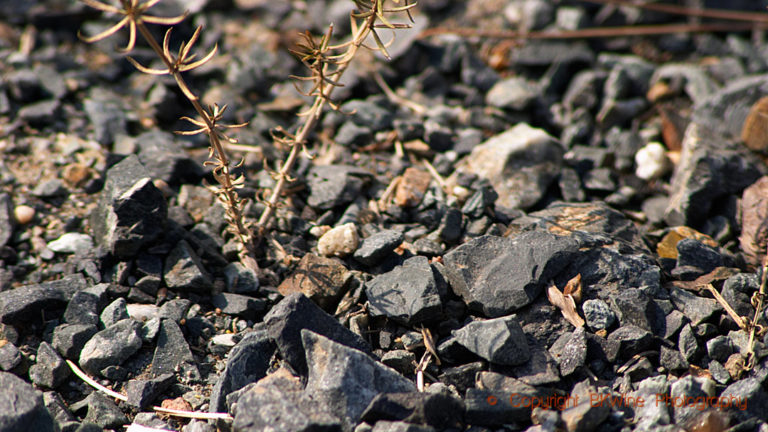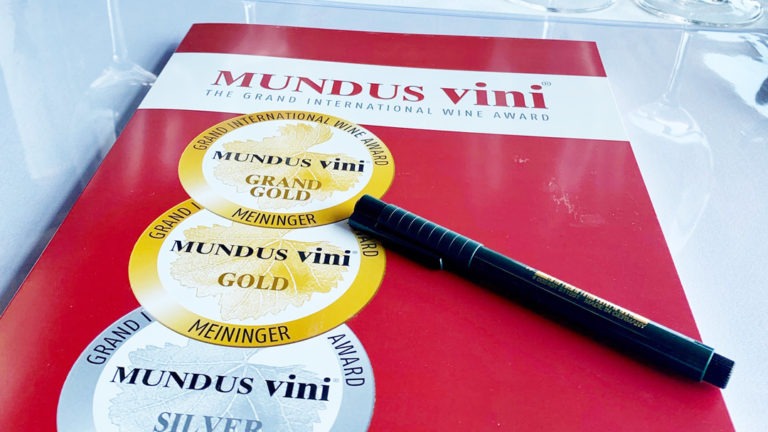We don’t have the opportunity very often to taste German wines, but when we do, we always enjoy it. Recently we tasted a selection of whites and reds from small, family-owned producers in the regions of Baden, Franconia, Württemberg and Palatinate. A new Swedish wine importer has carefully selected the producers.
The wines offered an exciting spectrum of different characters. And it showed how German wines have developed in recent years. Riesling is conspicuously absent from our tasting and instead we have weissburgunder and spätburgunder, more known in France as pinot blanc and pinot noir, the superb silvaner from Franken, sauvignon blanc and the rare lemberger.
White wines
2019 Weisser Burgunder vom Landschneckenkalk, Weingut Kranz, Palatinate
Aromatic with fresh acidity, floral and citrus on the nose. Intense on the palate with, again, floral and citrus aromas, a good mouthfeel but still pleasantly light in style. A pinot blanc with a lot of character. Delicious. (~15 euro)
The Palatinate (Pfalz) is the second-largest wine region in Germany. Riesling dominates, but both pinot blanc (weissburgunder) and pinot gris (grauburgunder) are increasing. It was in 1948 that Hilda and Willi Dennhart founded the winery. Now the fourth generation is at the helm, and in 2012, the estate became a member of the prestigious wine-growing association VDP (Verband Deutscher Prädikatsweingüter).
2016 Durbacher Schloss Grohl Sauvignon Blanc Spätlese Trocken, Weingut Metternich, Baden
Beautiful, golden yellow colour. It is not overwhelmingly sauvignon blanc in character, although we feel a slightly grassy note. It is completely dry on the palate – less than 2 grams of residual sugar – with a round and full-bodied taste and hints of exotic fruit. Long finish. Very nice. (~16 euro)
Zorn von Bulach, a noble family from Strasbourg, owned Schloß Grohl in Durbach since 1180. It was Ernst Maximilian Freiherr Zorn von Bulach who in 1830 brought back to his estate sauvignon blanc cuttings after a visit to Sauternes. In 1995, the castle and the property were sold to Gertraud Hurrle. She has invested in a modern cellar and restructured the vineyard. But the sauvignon blanc vines remain in place.
The long and narrow region of Baden is situated between the Black Forest and the Rhine River. Alsace is on the other side of the border. Baden is Germany’s southernmost region and the sunniest and warmest.
2020 Gewürztraminer Alte Reben trocken, Weingut Ernst Popp, Franconia
The aromatic grape character is relatively subdued, which is good. The nose is typical, though; quite intense with some rose water. The wine feels dry on the palate- 4.8 g residual sugar – with a full mouthfeel and the fatness typical of the grape. Grapey with a slight nice bitterness at the end. Highly enjoyable. (~15 euro)
The Popp family in Iphofen in Lower Franconia (Unterfranken in Franken) grows 17 different grape varieties, including gewürztraminer, an unusual grape in Germany. Weingut Popp’s gewürztraminer made from old vines is very different and drier than most Alsace wines from the grape.
2019 Silvaner VDP, Ortswein Untereisenheim, Weingut Schäffer, Franken
We recognize the typical, slightly “stony” character of silvaner, the famous grape of Franken. Full-bodied with a superb mouthfeel. This is a delicious and well-structured wine. Very food-friendly. (~12 euro)
The Schäffer family has lived in the village of Eschendoft am Main for many generations. Their speciality is completely dry wines from silvaner. The wine is not bottled in the traditional Bocksbeutel bottle, definitely an advantage.
Red wines
2017 Lemberger Ernst Combé Trocken, Weingut Wachtstetter, Pfaffenhofener Hohenberg, Württemberg
Quite discreet on the nose but intense on the palate with a clean and nice fruit (black currants) and some spiciness. The acidity and the tannins are in perfect balance. The wine has been aged for 22 months, but happily, the oak aromas stay in the background. (~18 euro)
Württemberg is mainly a red wine region. A speciality is the grape lemberger, also known as blaufränkisch. In Germany, it is grown almost exclusively in Württemberg.
The fourth generation of the Combé family runs the estate consisting of around 20 hectares of vineyards. The estate’s top wines come from the high-rise Pfaffenhofener Hohenberg which is a VDP. Erste Lage.
2015 Spätburgunder Diel, Weingut R&C Schneider, Baden
Aromatic on the nose with notes of sweet raspberries. Light and elegant on the palate with exotic spices, some oak (maybe a little too much, but perhaps it will smoothen out with a year in bottle). Although light in body, it has aroma intensity and a lovely freshness. (~22 euro)
Baden is Germany’s most important region for pinot noir. Almost half of the country’s pinot noir, here called spätburgunder, is grown in Baden. Reinhold and Cornelia Schneider founded their winery in Endingen am Kaiserstuhl in 1981. The family now has 6.8 hectares and makes 40,000 bottles a year. In addition to spätburgunder, they also grow weissburgunder, chardonnay, grauburgunder, silvaner, auxerrois and sauvignon blanc in their vineyards.
You can find the web shop of Oribus Wein here.












